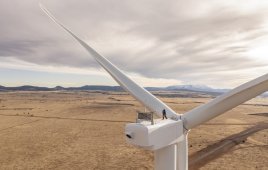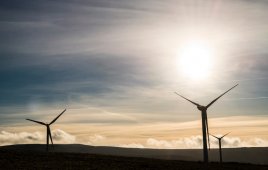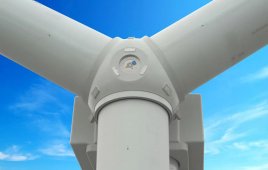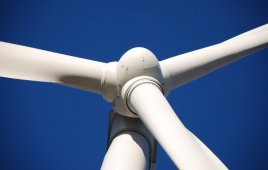A new report says airborne wind energy (AWE) systems could power the world. In fact, researchers posit that an “intermediate” number of AWE systems, placed in just the right spots, could power our planet three times over – and be more advantageous than conventional turbines.
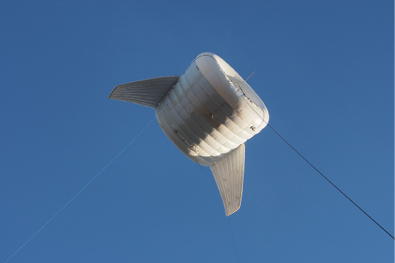
Altaeros Energies’ prototype Buoyant Airborne Turbine (BAT) flies above the former Loring Airforce Base. Altaeros says the BAT can replace diesel-powered electricity in remote industries and off-grid communities. It can also provide a platform for telecom and monitoring services.
AWE systems work at higher heights than conventional turbines, in stronger and more consistent winds, letting them enjoy a higher capacity factor. Bypassing towers and foundations, and most heavy materials altogether, they present a lower cost of energy. And flying at altitudes greater than 200 m, they are less visible and audible to nearby humans than a conventional turbine.
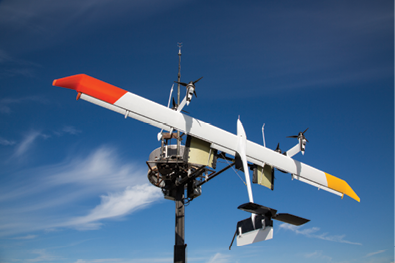
Makani’s protoype airborne wind turbine (AWT) is ready for launch. The 8-m long, 30-kW prototype has been tested along the coast of California and in the Sacramento Delta. Power from four hybrid rotors, is sent down a tether to a ground station.
While no commercial AWE system is available on the market today, it is a proven concept, researchers say. More than 100 AWE-related patents have been filed in the U.S. alone.
Companies have developed two primary types of AWE systems. The first has an on-board electric generator. It uses – separately or in combination – gas-filled aerostats, a rigid wing, or a frame with rotating blades. Another type does not have blades, instead operating on cycles that involve reeling a tether in and out. The system resembles a kite.
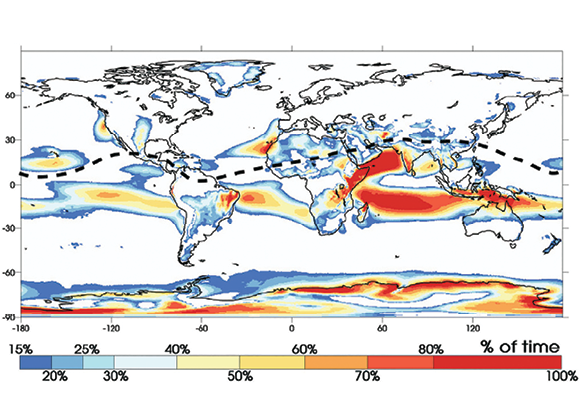
Frequency of WSM occurrences in July
To power the earth three times, AWE systems would be positioned intermittently in the U.S. Great Plains, oceanic sub-tropic regions near the descending branches of the Hadley cells, and the Somali jet offshore the horn of Africa.
Extraordinary wind power densities, sometimes greater than 10,000 W/m2, may be found in some wind speed maxima (WSM), charted above. WSM are jet-like wind profiles below 3,000m and are relevant to airborne wind energy because tethered devices could adjust to the height of a jet core to extract the maximum wind energy.WPE
Filed Under: Featured, Turbines

